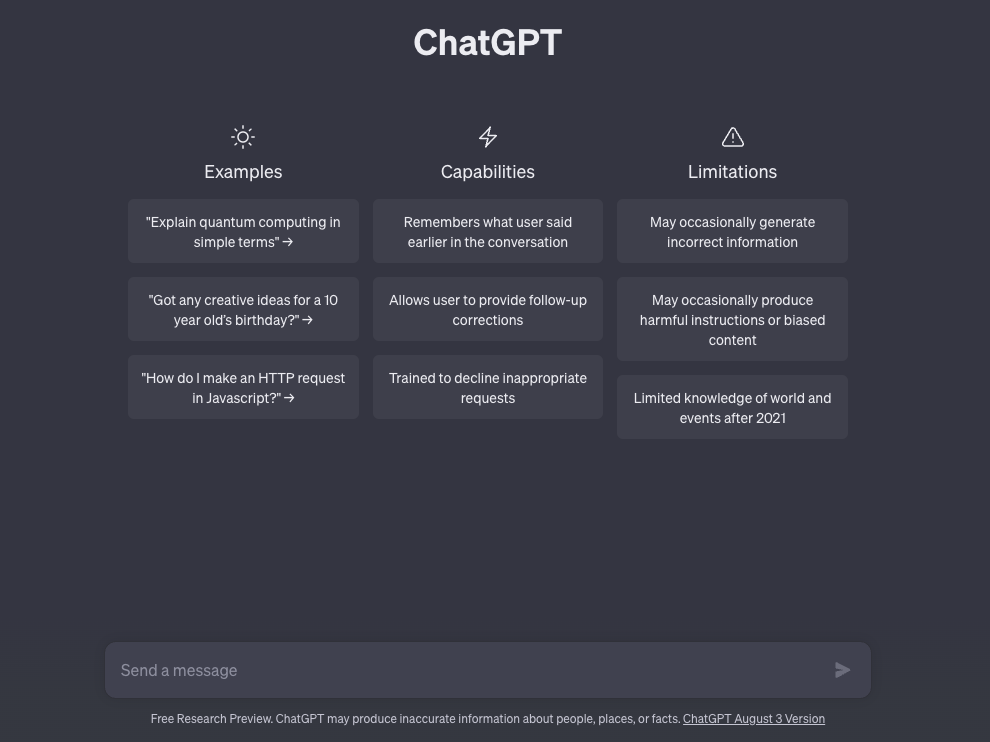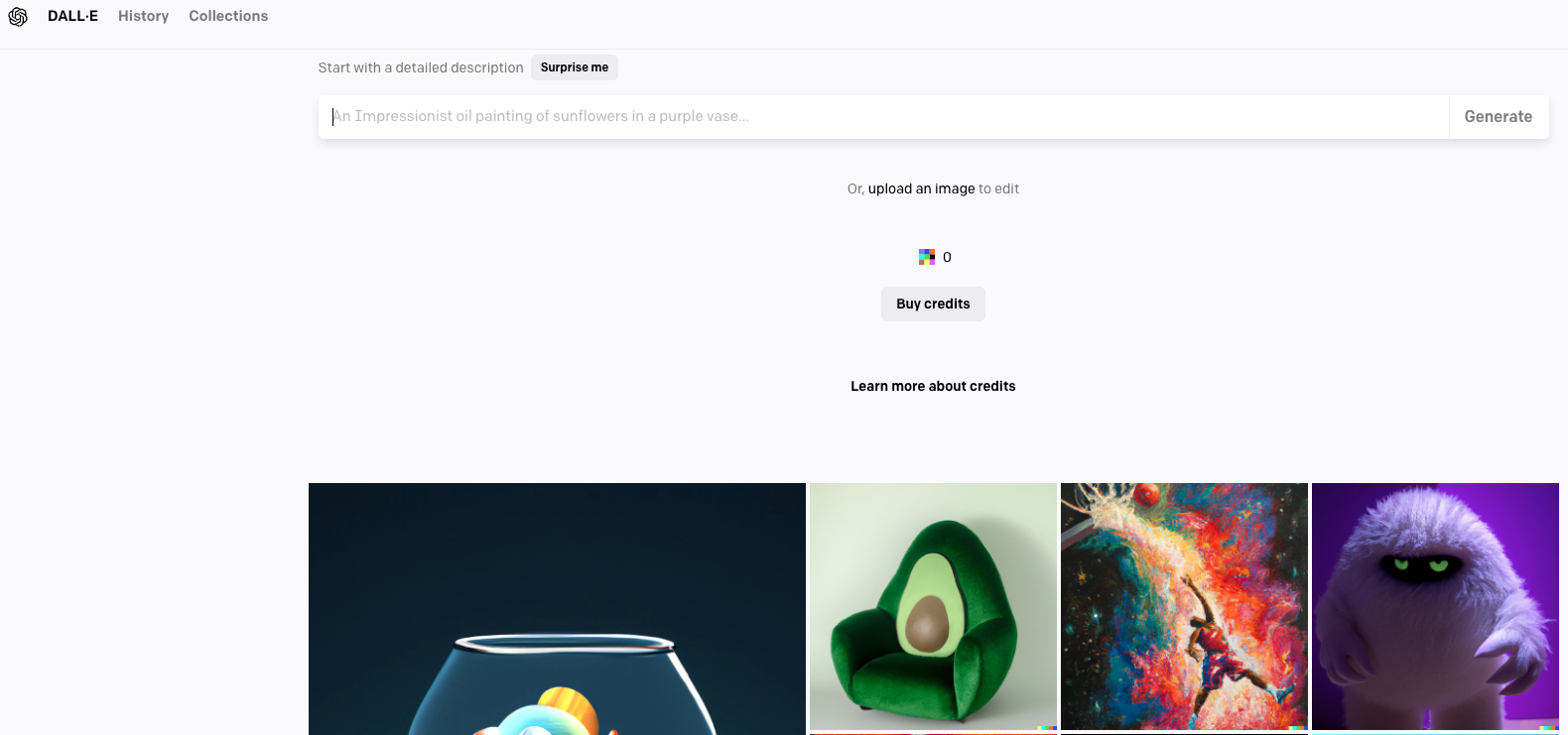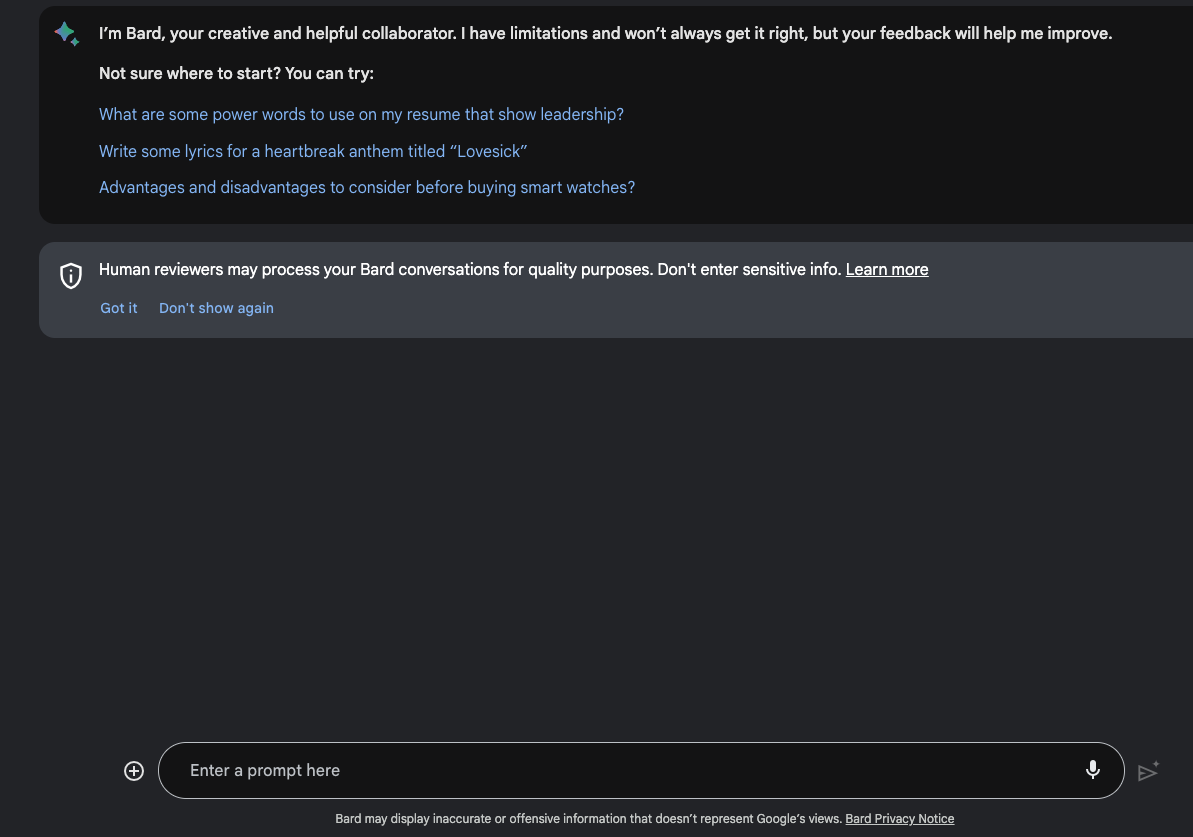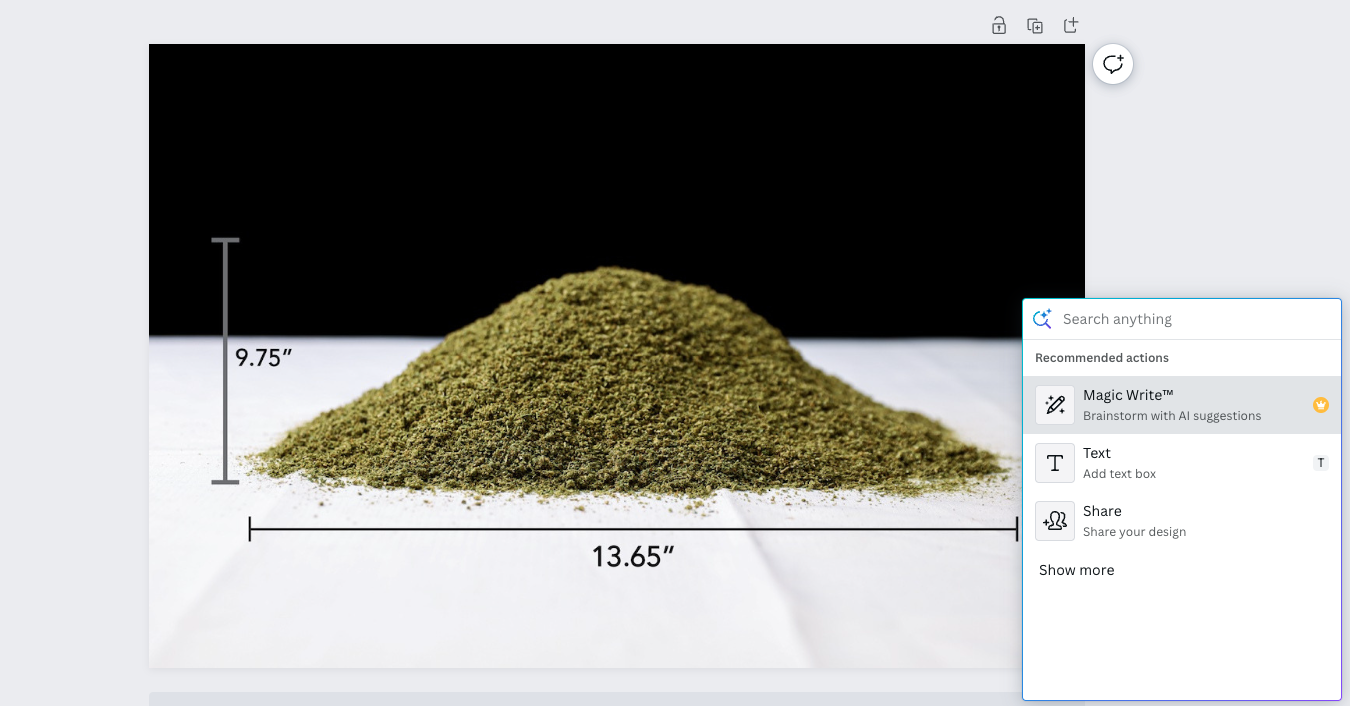
Artificial intelligence (AI) is beginning to feel like the next seismic technological shift, steadily pouring into every facet of modern life from art to business, education, politics, and sports—and marketing is no exception.
While the technology remains far from able to perform the jobs done by most humans, many of today’s consumer-facing AI tools are especially adept at language processing.
In the case of ChatGPT, possibly the buzziest of the early AI tools, the software maps words in an effort to understand the relationship between every word in more than fifty languages. When prompted with a question or task, the bot calls upon its map of meanings and relationships to help users do things like optimize product descriptions, adjust the tone and consistency of website copy, and craft more engaging content for social media posts.
Enterprising entrepreneurs have been quick to adapt ChatGPT’s underlying code to create focused tools for specific industries—including cannabis. Platforms like Canna-GPT are helping educate consumers, while FolioGrow is helping cultivators streamline their operations by combining sensors with manually entered data.
Although cannabis marketers don’t have a wealth of options for industry-specific AI tools quite yet, they can take advantage of general enhancements to boost their reach and help fuel the creative process. For imagery, Shutterstock’s new AI image generator can slash time spent poring over images to find the perfect one to augment a campaign. Canva’s AI text generator helps marketers come up with sleek, creative copy in just a few seconds. While the legal implications for trademarks and fair use of AI-produced or AI-manipulated content eventually will change the landscape for some of these tools, it will be open season for quite some time while society figures out how to address such complex issues.
The technology has the potential to make fundamental changes in the way we work, but AI marketing tools already are helping professionals cut down on tedious tasks related to copywriting and data analysis. When used properly, the tools can free up valuable time to help humans focus on the bigger picture: increasing revenue, making better customer predictions, and improving content and customer service.
“Current AI tools available for marketers are about helping us be more efficient with our daily tasks and workload,” said Keren Shlush, head of marketing at AI platform Albert by Zoomd, an automated campaign-building and optimization tool. “They’re also great for brainstorming and quickly providing insights.”
Here are nine popular AI marketing tools. Some, like Bard and Bing, are free to use but may limit the number of interactions per day, week, or month; others, like ChatGPT and DALL-E, require users to purchase credits. Still others (Mailchimp, for example) require users to subscribe or upgrade to a paid account before granting access to advanced features. Because the technology is so new, terms of use, capabilities, and fees are in a state of flux and may continue to be for a while.
ChatGPT
Developed by OpenAI and launched in 2022, ChatGPT is a natural-language-processing tool or “generative pre-trained transformer” (GPT) that facilitates human-like conversations. Based on the AI pioneer’s GPT-4 large language model and connected to the internet since May (initially it existed in a walled garden), the interface can provide answers to general questions, craft drafts with concise direction, and help refine concepts. More than seventy browser-based third-party plug-ins are available to facilitate specific use cases.

Like most other data-driven tools, the quality of ChatGPT’s output is directly related to the quality of the input. That said, marketers successfully use ChatGPT to identify major trends, create outlines for new campaigns, and develop months’ worth of ideas for social posts.
DALL-E
DALL-E, developed by OpenAI, is a multimodal implementation of GPT-3. The platform allows users to create high-resolution original art and photorealistic images from natural-language descriptions. The bot can generate images based on uploaded components and combine styles and themes. DALL-E 2, released as both a web-based standalone product and an application programming interface, has been incorporated into other developers’ projects, chief among them Bing’s AI chatbot.

The engine, trained on text-image pairs from the internet, “swaps text for pixels,” according to the developer. Results can diverge wildly from expectations, but stunning, nuanced, and unique images also are possible. The AI’s sophisticated training enables it to place shadows and insert components in logical places without prompting.
Bard
Launched in late March, Google’s Bard chatbot is based on PaLM 2, Google’s rival to OpenAI’s GPT-4 (the foundation for ChatGPT). According to its developers, Bard is a “creative and helpful collaborator, here to supercharge your imagination, boost your productivity, and bring your ideas to life.”

Much like ChatGPT, Bard can help users make sense of complex code and automate many time-consuming and repetitive tasks. Bard can be a useful assistant with keyword research for search-engine-optimized content, provide actionable insights about new target audiences, and distill complex messages into clear communications for better engagement across a variety of demographics.
Bing
Bing’s chatbot, launched in March, is based on the GPT-4 and DALL-E platforms developed by OpenAI. It is a multi-modal AI platform that can understand and generate both text and images. From a single graphical user interface, users of the Bing AI chatbot can search using text or images, generate images using natural-language descriptions, generate marketing plans and materials, generate budgets and launch schedules, and perform other marketing-related tasks.

The bot is far from perfect, but it’s the only one of the major platforms that combines visual and text components into a single interactive model. Microsoft has warned users its AI engine may give unexpected—and sometimes wildly incorrect—answers, so users are advised to proceed with caution. Nevertheless, for some tasks it provides a quick and easy-to-use solution.
Canva
Canva is a browser-based design platform for creatives who lack the training, budget, or need for high-end software like Photoshop. Like Mailchimp, Canva has been acquiring companies over the past few years in an effort to roll out a host of AI tools designed to streamline creators’ daily workflows.

In March, Canva launched Magic Write, an AI text generator that can help users make strategy lists, outlines, bios, captions, and content ideas. Canva’s AI Image Generator can transform words and phrases into images, while its Magic Design studio helps users visualize concepts with advanced templates. Simply type an idea in a few words, and the platform will generate an outline, slides, and content to transform the thoughts into visuals.
Mailchimp
Intuit’s Mailchimp threw its hat into the AI ring with strategic acquisitions, purchasing automated design platform Sawa in 2019 and insight-driven Inspector 6 in 2020. All told, Mailchimp has amassed more than twenty AI and data-science features designed to help small-business owners and marketers save time, deliver effective marketing communications, and make smarter decisions.
Building an email campaign can be time-consuming, and smaller businesses may not be able to afford the legwork it takes to bring one to life the old-fashioned way. Mailchimp’s AI generator can optimize content for readability, skimmability, calls to action, imagery, and tone. It also can identify errors in link formatting and correct spelling and grammar. For multichannel campaigns, the creative assistant tool can auto-generate designs using the brand’s colors, fonts, logos, and images to ensure all communications are consistent.
AdCreative
AdCreative is focused on helping marketers craft social media posts and advertisements. The platform helps marketers stay on brand with consistent imagery and messaging. AdCreative also can generate text and headlines, outlines, and the skeletons of social posts that get better over time as the system learns from marketing successes and failures. According to the company, more than 95 percent of its users see improvement in click-through rates and significantly better conversion rates compared to creative efforts that are not data-backed.
AdCreative also provides marketers with insights and analytics to identify which creative performs best in an ad account, which creative performs best in a specific sector, and ways teams can utilize their data to enhance engagement and results.
Albert
Albert is designed to solve digital-advertising challenges and help marketers cut down on time-consuming tasks. It covers 90 percent of the biddable advertising universe, including Instagram, Facebook, YouTube, Bing, and TikTok. Albert can help advertisers analyze their audience and tactic data at scale, autonomously allocate budgets, and optimize campaigns across paid search, social, and programmatic channels.
With less repetitive work, small teams can focus their attention on customer experience, maximizing social channel performance, and personalizing content for every micro-audience they target. According to head of marketing Keren Shlush, the system’s main thrust is improving return on investment using automation and data-crunching.
Jasper
Jasper promises an up-to-80-percent reduction in time for first drafts and a 40-percent increase in content downloads. The system is designed to learn from brands so it can help them maintain a consistent voice and tone across all communication channels. For small teams managing multiple channels, Jasper can turn an article into a social media post in seconds using the brand’s voice.
Companies can connect their customer-relationship-management platform to Jasper and let the platform identify trending topics, repurpose archived content, and reduce repetitive tasks. Marketers also can use Jasper to generate new art, translate content into more than thirty languages, and edit for spelling, grammar, and plagiarism. In addition, the system supports keyword research and performance-ranking.
